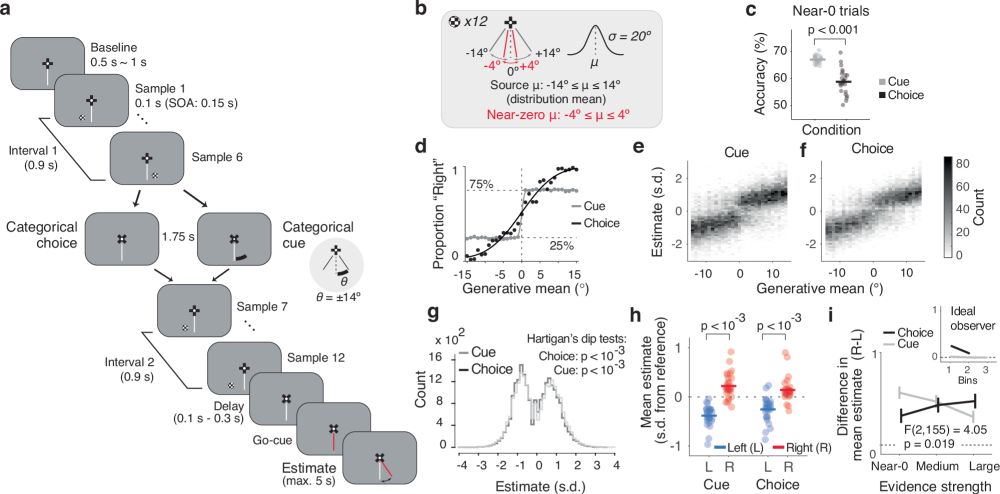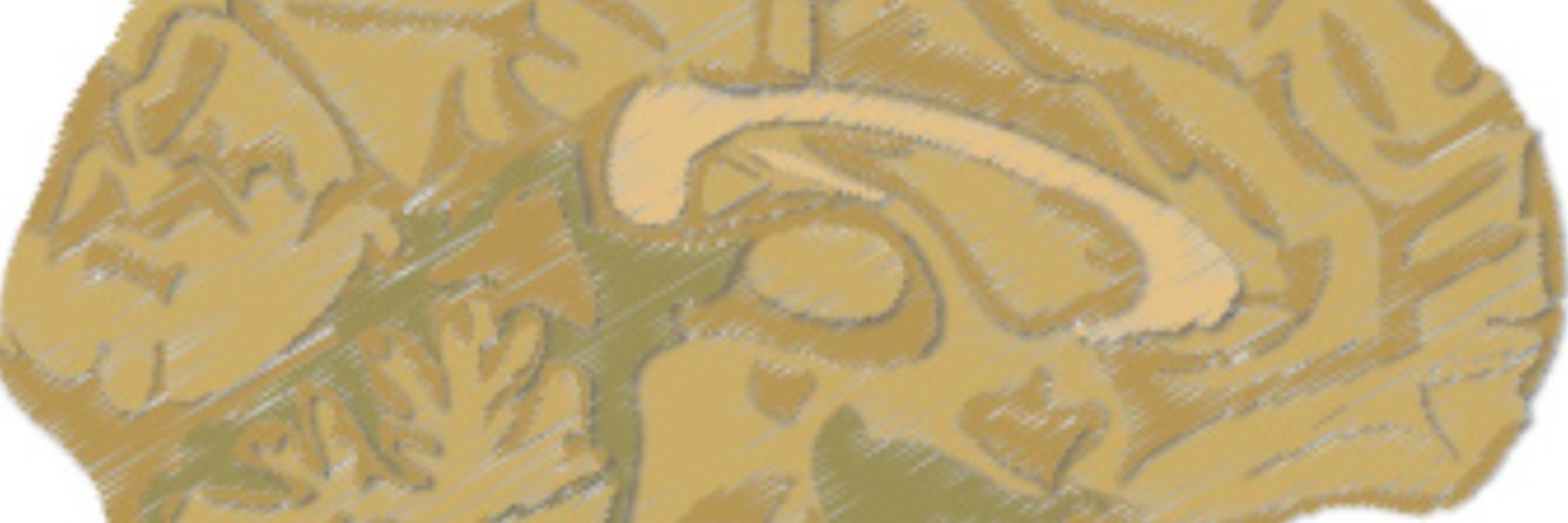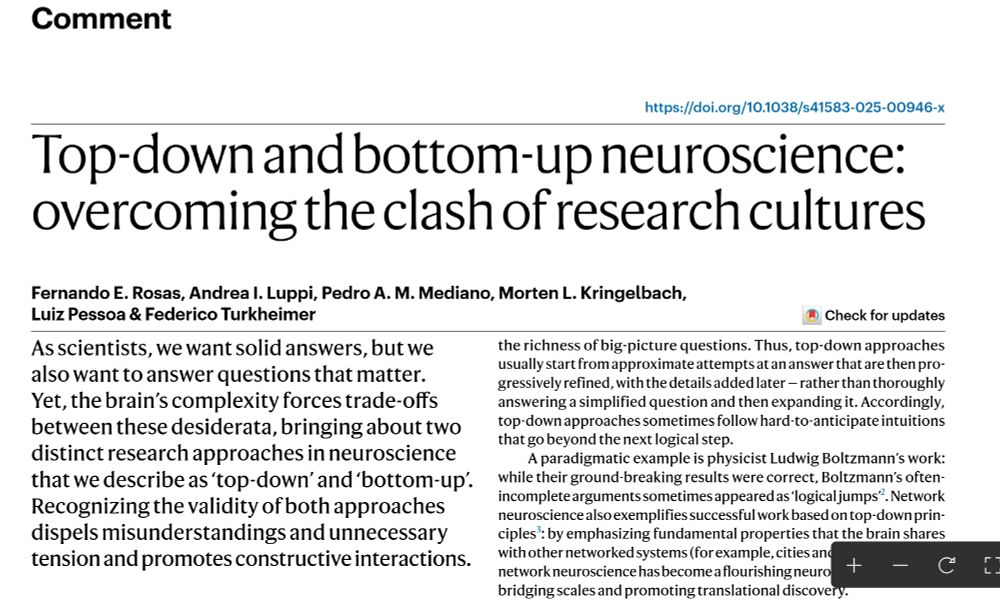Michael W. Cole
@mwcole.bsky.social
1.8K followers
410 following
56 posts
Professor, director of neuroscience lab at Rutgers University – neuroimaging, cognitive control, network neuroscience
Writing book “Brain Flows: How Network Dynamics Generate The Human Mind” for Princeton University Press
https://www.colelab.org
Posts
Media
Videos
Starter Packs
Pinned
Reposted by Michael W. Cole
Reposted by Michael W. Cole
Saganism
@sagan.bsky.social
· Sep 6
Reposted by Michael W. Cole
Reposted by Michael W. Cole
Michael W. Cole
@mwcole.bsky.social
· Jul 11
Michael W. Cole
@mwcole.bsky.social
· Jul 11
Reposted by Michael W. Cole
Reposted by Michael W. Cole
Donner Lab
@donnerlab.bsky.social
· Jun 27

Confirmation bias through selective readout of information encoded in human parietal cortex
Nature Communications - People often discard incoming information when it contradicts their pre-existing beliefs about the world. Here, the authors show that this discarded information is precisely...
rdcu.be











